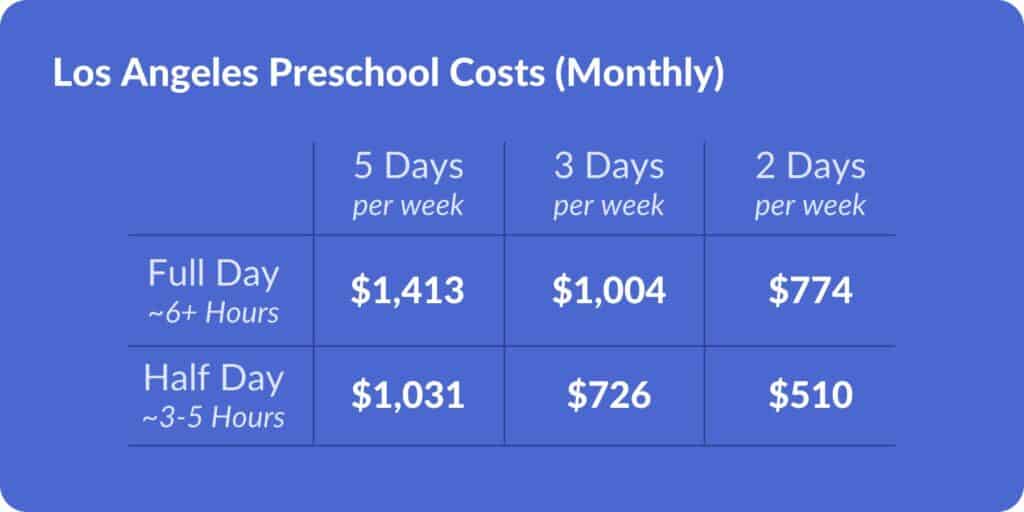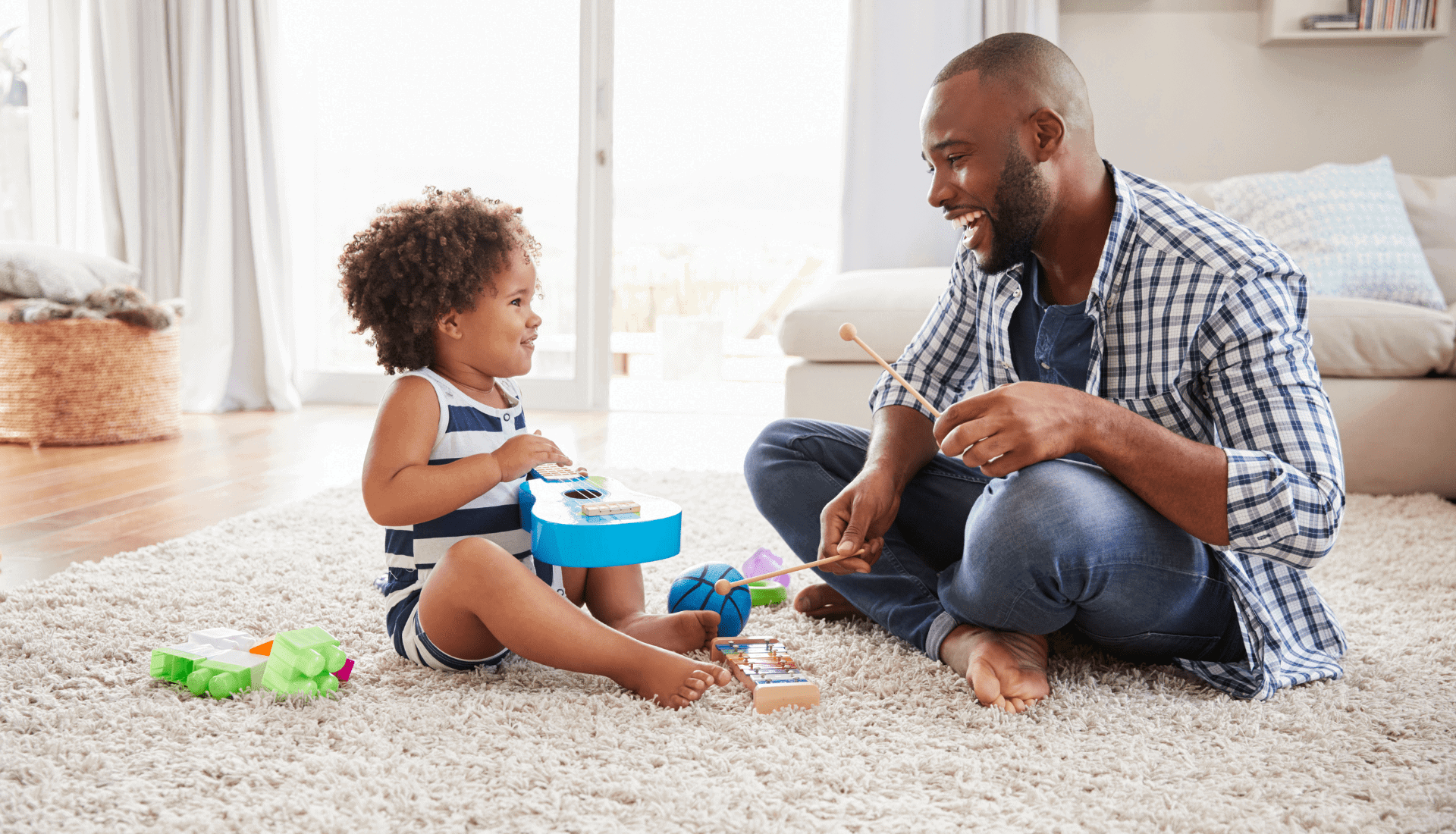Choosing between daycare vs. preschool in Los Angeles can be confusing, especially for parents of young children under 4 who aren’t eligible for public transitional kindergarten (UTK) yet. Moreover, with rising costs, long work hours, and a variety of school types to choose from, it’s important to understand the differences in order to make the right choice for your family.
Quick Answer:
If you need full-time care while you work, daycare might be the best fit. On the other hand, if you’re looking for structured learning and kindergarten preparation, preschool may be a better choice.
Looking for a flexible alternative to preschool for your toddler? Minibop’s Toddler Drop-Off program is a great option for parents who don’t want to commit to a full time daycare or preschool.
Daycare vs. Preschool – What Are the Key Differences?
1. Age Range:
- Daycare: Typically serves infants through school-aged children.
- Preschool: Generally for children ages 2-5.
2. Purpose:
- Daycare: Primarily provides safe, reliable care while parents work.
- Preschool: Focuses on early childhood education and preparing for kindergarten.
3. Schedule:
- Daycare: Offers flexible, extended hours to accommodate working parents.
- Preschool: More structured, often follows a school-day schedule.
4. Curriculum:
- Daycare: Emphasizes play, social interaction, and routine.
- Preschool: Structured learning that supports early literacy, numeracy, and social-emotional skills.
5. Staff Qualifications:
- Daycare: Staff may have basic childcare training and certifications.
- Preschool: Teachers often have early childhood education credentials.
6. Cost:
- Daycare: Often charged hourly or weekly, can be more expensive for infants.
- Preschool: Tuition-based, varies widely between private and community-based programs.
7. Availability:
- Preschool: Enrollment often aligns with the academic calendar.
- Daycare: Typically year-round enrollment.

Daycare vs. Preschool – Choosing Based on Your Family’s Needs:
Work Schedule:
If you work long hours or irregular shifts, daycare may be the better choice because of its flexible hours.
Learning Goals:
If your main goal is to prepare your child for kindergarten, look for a preschool with a structured curriculum and qualified educators.
Socialization:
Both options offer social interaction, but preschool typically introduces more structured group learning and readiness skills.
Cost Considerations:
In Los Angeles, the cost of both daycare and preschool can vary greatly depending on location, program type, and schedule. Therefore, check if financial assistance is available through community programs or sliding-scale fees.
Dig in deeper for a full comparison of daycare and preschool costs in Los Angeles.
 Photo credit: mybrightwheel.com
Photo credit: mybrightwheel.com
Daycare vs. Preschool – Tips for LA Parents:
- Start Your Search Early: Demand for quality daycare and preschool spots in LA can be high.
- Visit in Person: Tour the facility and meet the staff to get a feel for the environment.
- Ask About Enrichment: Some daycares and preschools include music, art, or language programs — check to see if they align with your priorities.
- Balance Cost and Quality: Don’t just choose the most affordable option — consider the quality of care and the learning environment.
Final Thoughts:
The right choice between daycare and preschool ultimately depends on your family’s needs, your child’s age, and your priorities for early learning. If you’re looking for a program that blends music, social-emotional learning, and early literacy, check out Minibop’s offerings for young children, from family group classes to our Toddler Drop-Off program.






